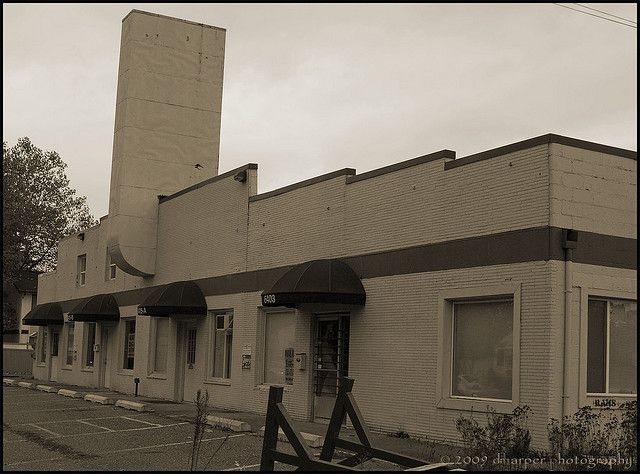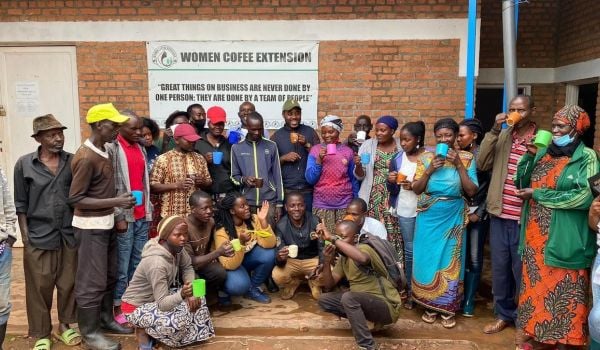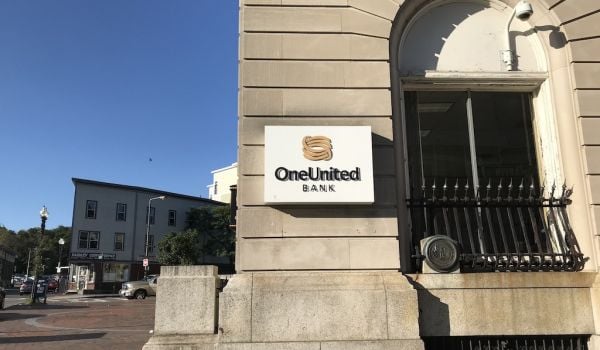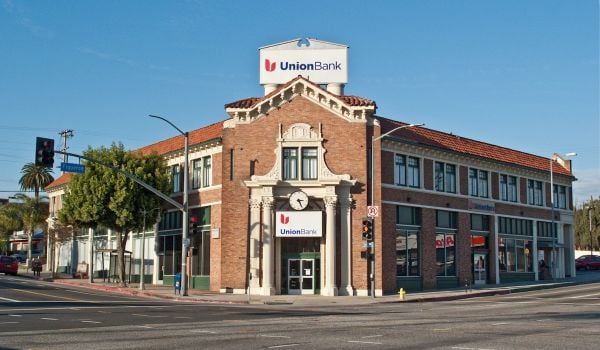This piece originally appeared on NJ Spotlight.
Alongside pronouncements that the state’s business outlook is brightening, foreclosures of non-residential properties have been increasing in New Jersey.
During the economic downturn in 2009, the state saw 3,827 non-residential foreclosure filings, including tax sales. That was more than double the amount two years earlier at the onset of the Great Recession.
During 2011, data from the state’s court system show non-residential foreclosure actions hit 5,027. Early indications this year are that the surge continues.
The totals are far lower than the number of families facing loss of their mortgaged homes in the wake of the burst housing bubble in 2007 and the financial sector’s subsequent near-collapse. But moratoria, legal proceedings, special programs and legislation have all aimed at stemming the tide of home foreclosures before a backlog of cases inundates New Jersey.
For many businesses beyond Wall Street and Detroit, economic consequences have hit outside the spotlight. In New Jersey, the continued rise in foreclosures has been most pronounced on commercial properties.
State court records show only one commercial business in New Jersey was hit with a foreclosure action in October 2006. A year later, there were 60. For October 2011, the number was 165.
For all of 2006, there were 173 commercial foreclosures in the state. Last year’s total was 1,586.
In some respects, the explanation is simple. When things got bad, the real estate market turned quickly, before companies could respond.
“My supposition is that a lot of this is due to short-term mortgages coming due,” said James Hughes, dean of the Edward J. Bloustein School of Planning and Public Policy at Rutgers.
“Most non-residential mortgages are not 30 years, they’re more like five to seven, all interest with a balloon payment at the end, and normally a business would then be borrowing again,” he said.
That has become much harder in the tight-money, post-recession world. A January report by Biz2Credit found TD Bank rejecting more than a quarter of loan applications from its small business customers in New Jersey.
The drop in property values has affected more than just single-family homes. Even a company that is doing well in business may find its real-estate investment is underwater, analysts said.
“A five-year deal that was signed in 2007 is coming due, and those numbers just don’t work anymore,” said Gary Gabriel, executive vice president of the capital markets groups at real estate giant Cushman & Wakefield.
“All of a sudden, the term is up and if the property is now valued at $7 million, you’re not going to be able to refinance it at $8 million,” Hughes said. “You’re either going to have to come up with that $1 million or sell the property and find something else.”
Either option can be damaging for a going concern, especially one that invested in an expansion or property acquisition at the height of the market. But New Jersey is not the worst-off location. Unlike a ravaged state like Michigan, trends here are mixed.
Industrial property values are improving, Gabriel said. Although it varies from market-to-market, demand for office space also is strengthening, he said. Retail businesses remain the sore spot, with many already faced with reconfiguring themselves in the face of online competition, he said.
Despite that, north and central New Jersey remain stronger than most other retail markets around the nation, said Joseph Lowry, director of acquisitions and business development for Levin Management of North Plainfield.
But it is “definitely the case” that some types of commercial enterprises are having difficulty rolling over mortgages or renewing lines of credit, he said.
“What we have is a bifurcated market” for financing, Lowry said. With a modest resurgence in manufacturing, lenders look favorably on industrial sites. Unlike past eras in New Jersey, “there’s not a lot of that type of property on the market,” he said.
Retail projects that have a large supermarket anchor also can find financing, because of the assumption they will generate foot traffic for other tenants, according to Lowry.
During the downturn, though, some businesses found they were not generating the expected revenues per square-foot. As a result, some commercial projects have scaled back, or turned to non-retail tenants like health and medical businesses, Lowry said.
Those feeling the credit crunch the hardest are “mom and pops,” small retail locations that often populate local business districts, he said.
“Some of the small-town retail districts have had a hard time,” he said.
That is true even for some of New Jersey’s bigger communities. Looking around Elizabeth last year, “it seemed like every month, I’d see two or three small businesses closing up,” said Erick Cedaño, the owner of a photography, copying and printing firm.
He came close, losing money for four months before deciding to endure a fifth. He began breaking even and hopes to have weathered the storm. While most of those vanished businesses were renters, their closings have hurt landlords, because some remain vacant, he said.
Landlords of existing commercial venues also are finding themselves challenged as some tenants “give space back” because of their own staff or product cutbacks, according to Lowry. One problem for landlords and managers dealing with multiple locations is “every bank has different principles and guidelines” for lending, he said.
Cutbacks and closures of small shops and storefronts have contributed to “foreclosures on other types of enterprises,” agreed E. Robert Levy, executive director of the Mortgage Bankers Association of New Jersey. But he sees that trend diminishing as the economy improves.
In some states, regulators have exacerbated the problem, Lowry said. Particularly in places hard hit by the housing collapse, like Nevada and Michigan, tighter restrictions on real estate loans are squeezing otherwise viable businesses, he said.
“Regulators and mortgage servicers are still fighting the last war,” said Ben Geyerhahn, director of special projects for Small Business Majority in New York.
An apparent economic rebound brought “incredible demand” for business financing last year, “but the credit crunch over the same period hammered down the growth,” he said. Small stores and service businesses that seemed to have turned the corner instead found themselves with less access to credit than ever, he said.
“Because the economy has been so bad, the friends and family support that helped tide them through has been tapped out,” he said.
More elaborate procedures for loans may protect against future boom-and-bust cycles in the financial markets, but they effectively bar some small firms from access to credit, Geyerhahn said.
“The owner, man or woman, is typically working around the clock,” he said. “They don’t have quarterly audited financials.”
Of course, much of the regulatory policy is set at the national level, by institutions such as the Federal Deposit Insurance Corp. But it can be hard to ascertain the attitude of New Jersey government toward business foreclosures.
“Non-residential foreclosure isn’t something that we would comment on,” said Marshall McKnight, spokesman for the state Department of Banking and Insurance. When it comes to banking, the department’s focus is “the solvency of state-chartered institutions,” he said.
The state Economic Development Authority does participate in the U.S. Department of Treasury’s Main Street Business Assistance Program, which provides loans, financing guarantees or other assistance to qualified small businesses, up to $750,000 in working capital.
But that is geared toward businesses looking to expand, not those looking for help to keep their current building.
“If they’re already in the hole with a bank … we wouldn’t be able to help them,” said spokeswoman Erin Gold.
As commercial foreclosures have increased in New Jersey, some property owners simply stopped paying taxes on properties of all types, contributing to the surge in tax sales.
While his organization does not have offices in New Jersey, Geyerhahn said that for some industries, it makes more sense to cut their losses than to hold bad investment properties indefinitely.
“Real estate developers are not at all sentimental about walking away from an underwater project,” Geyerhahn said.
The number of sites taken through tax foreclosures, rather than for mortgage delinquencies, more than doubled in New Jersey from 2006 through 2011. Some of these actions were filed by municipalities, others by purchasers of tax certificates on delinquent properties.
While intended to get deadbeat properties back on the tax rolls under new ownership, the tax lien system has encountered some operational problems in New Jersey. On March 27, the U.S. Department of Justice announced a sixth person has pleaded in an ongoing investigation of bid rigging of tax foreclosure sales in the state.
“We need more robust foreclosure protections in place,” said Jeff Brown of the Main Street Alliance, a small business advocacy group with an office in Highland Park.
But he added that other problems, such as swelling insurance premiums, compound the problem of tight credit. Even as the economy shows hopeful signs, firms that have stayed afloat find slowly improving revenues cannot keep up with faster rising costs, he said.
More than foreclosure, what his member businesses are complaining about is rents going up in anticipation of better times, Brown said. But with such unwanted side effects, he sees the outlook improving.
“You get behind the power curve” during a business downturn, Levy agreed, “and it takes time to sort things out. The increase in commercial foreclosures now reflects decisions made years ago, not the current market outlook, he said.
For a business that may have complicated contracts with suppliers and customers, “it takes some time to get to realization that that’s the only way out,” he said.
With a fragile recovery, though, Lowry believes the jump in foreclosures so far could be the leading edge of a wave, not a passing blip. What happens next in the credit markets could spell either revival or trouble.
After all, he said, small business complaints about tight money have occurred in a period when the Federal Reserve has made funds available to the banks at virtually no charge.
“If interest rates do go up, you’re going to see a real big spike in foreclosures,” Lowry said.
















